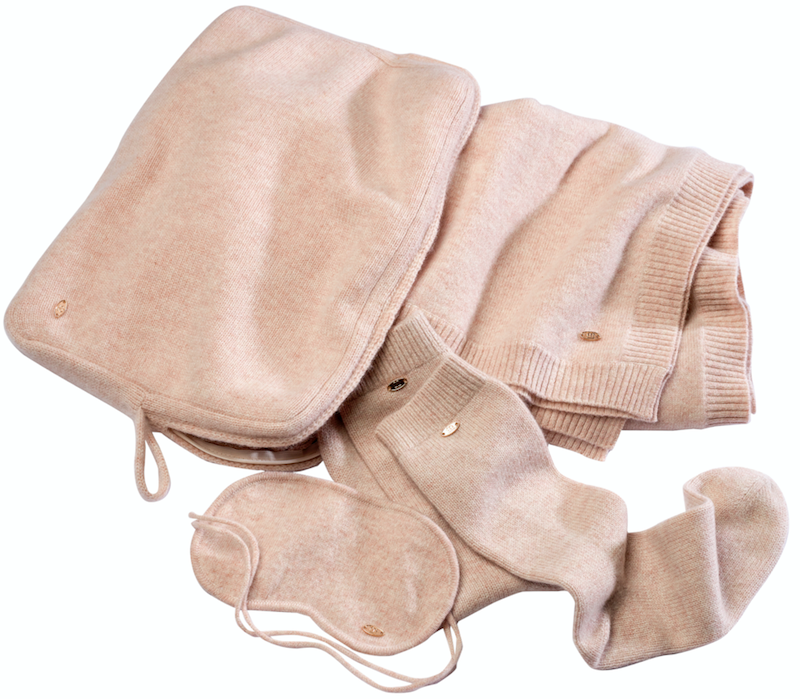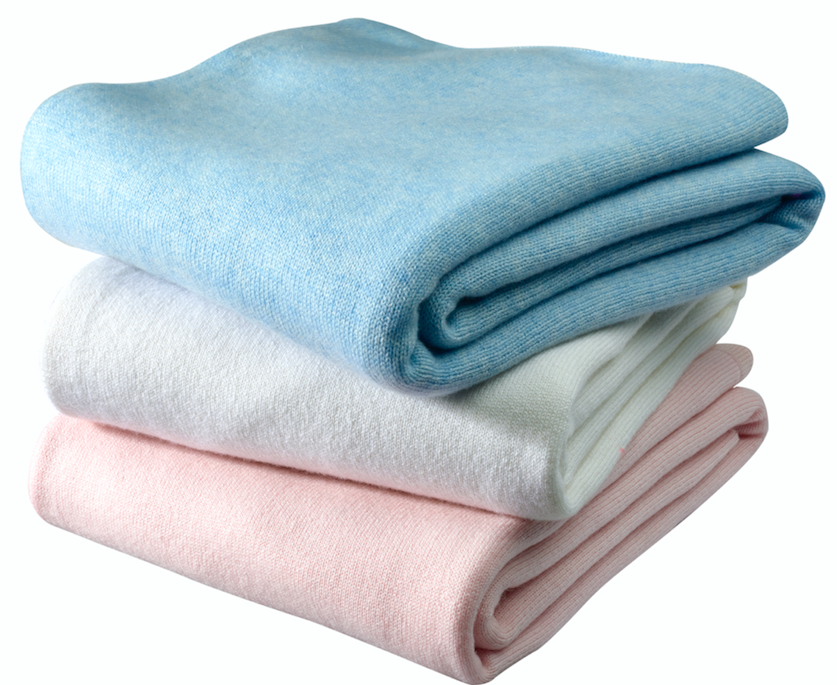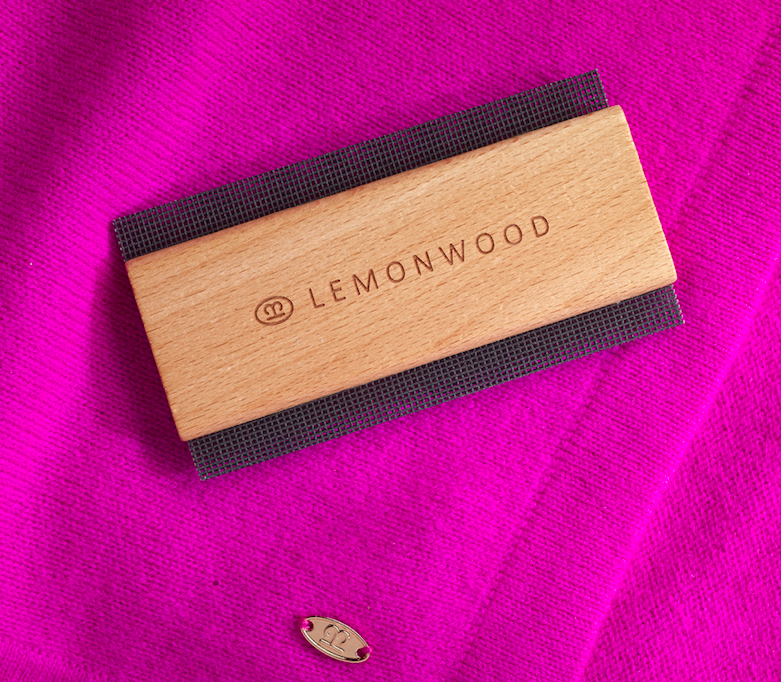Ask The Style Expert: How To Care For Your Cashmere

Cashmere is the most golden of fleeces. This animal-hair fibre is synonymous with the most luxurious fashions and is used primarily for shawls, sweaters and coats. It’s most coveted for its cocooning warmth and ultra soft touch—which can be worn against bare skin, unlike sheep’s wool.
The fleece comes from the Kashmir goat which is raised primarily in the far-flung regions of Mongolia, China, India and Afghanistan. What sets these particular goats apart is the very fine and soft wool found underneath their protective outer layer of coarser hair. Because of the harsh climate conditions of their homelands, these goats have a thick and long coat of hair which protects and insulates them for the dramatic temperature changes with freezing winters and sweltering summers. To get to the ultra-fine wool beneath, it must be combed out and separated by hand from any long coarse hairs. Cashmere wool is stronger, lighter and more insulating than sheep’s wool—hence, the popularity of cashmere shawls, which can be gossamer-thin yet toasty warm.
Since this is premium material‚ with accompanying pricey tags—you will want to protect your investments.
For advice we turn to cashmere expert Christine Peters, who sourced and worked in product development for major retailers before founding Lemonwood in 2014, a wholesale cashmere business based in Oakville, Ont. Lemonwood’s focus is the stylish traveller—think scarves, ponchos and wraps, which are ideal because they are easy to pack and multifunctional—a chic poncho can double as a blanket for the plane or used as a shawl for an evening out. The company operates an e-commerce site and recently opened a brick-and-mortar boutique in Oakville.

Cashmere 4-piece travel set, $395, lemonwood.ca
1. Ply vs Price: A cashmere sweater can range from a thin 2-ply to a chunky 10-ply.
“Cashmere wool is priced by weight. When a sweater is lighter and thinner it makes the cost of the item less. Typically lighter-weight sweaters have fibers that break and produce excessive pilling. Lemonwood uses multi-ply quality cashmeres.”
2. You can actually shampoo your cashmere.
You can dry clean or hand wash your delicate cashmere items. If you’re hand washing at home, Peters recommends using a mild shampoo with lukewarm water. After gently massaging the suds through the item and rinsing, squeeze the excess water, reshape the item and lay flat on a towel to dry, she says.

Cashmere travel wraps, $295 each, lemonwood.ca
3. How to iron your cashmere.
“Use the wool or cool setting on the iron and a pressing cloth to iron the inside/reverse side of the garment.”
4. How to store your cashmere.
Place in a fabric bag and fold the opening over and place in a drawer with sachets of lavender to avoid moths, she says.
5. Avoiding piling
Because of the delicacy of cashmere, any item rubbing against it—such as a belt, bag strap or even a stack of bangles—will cause the material to pill. To remove pills, use a cashmere comb, she advises.
